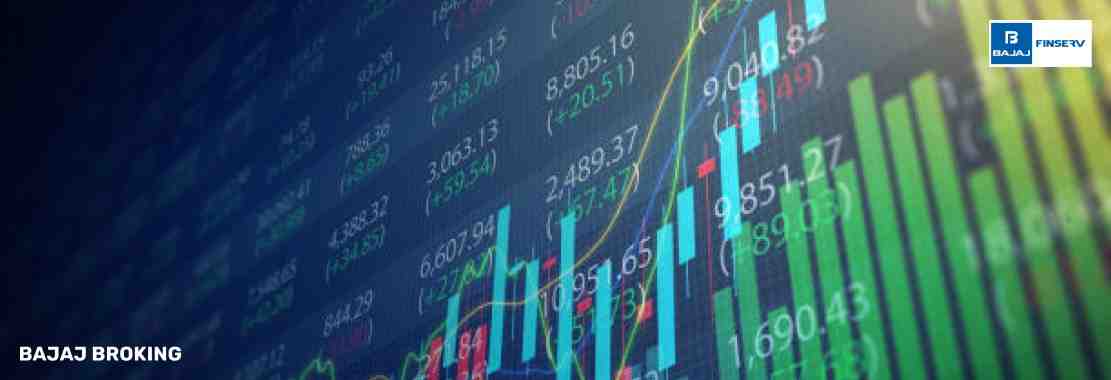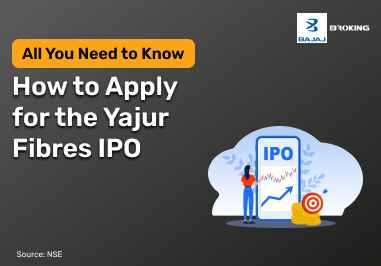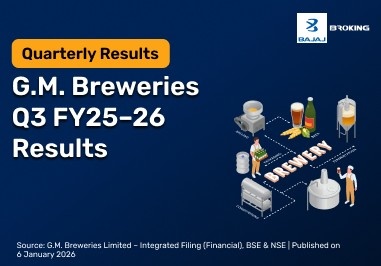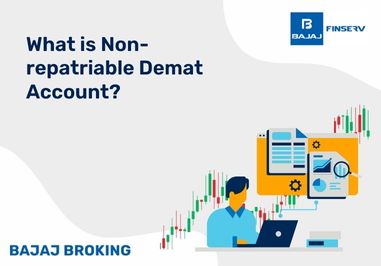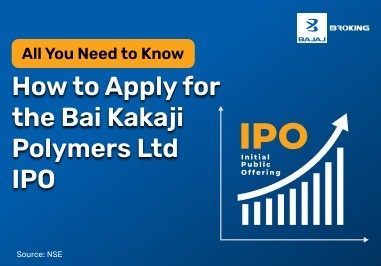As markets grow larger and more sophisticated, futures trading is becoming an increasingly popular option for many investors. It's not solely for experienced professionals, futures provide a sensible means of limiting risk and fixing prices on assets. If you want to hedge against price fluctuations or seek to benefit from movement in the market, futures trading can lead to a whole universe of possibilities.
Why is it so attractive? With futures, you can trade not just commodities like oil and gold but financial instruments like stock indices as well, such as India's very own Nifty. Additionally, the leverage to trade with provides greater market exposure for a relatively small investment. And then there is the big responsibility; knowing how to use the correct strategies is what is important to making educated, bold decisions.
Understanding Futures Trading
Futures trading is the act of buying or selling contracts that commit you to trade an asset at a set price on a future date. These contracts are standardised and traded on official exchanges.
You can trade futures based on:
Commodities like gold, oil, or wheat
Stock indices such as the Nifty 50
Currencies and more
Typically, investors use futures for two main reasons:
Hedging:
For example, a farmer might use futures to lock in a selling price for their crops, protecting against market drops.
Speculation:
Traders attempt to predict price movements and profit from them—this approach carries higher risk but also offers higher reward.
To get started, traders need to deposit an initial margin (a kind of security deposit), and prices can swing based on market conditions. Due to the leverage involved, it’s essential to trade wisely and manage risk effectively.
Nifty Future Trading Strategy
If you’re looking at the Indian stock market, Nifty Futures are a great place to start. The Nifty 50 index reflects the performance of the top 50 companies listed on the NSE, making it a popular and trusted benchmark.
Here are some tried-and-tested Nifty Future trading strategies:
This is a fast-paced approach where traders execute multiple trades in a single day to capitalize on small price movements. It’s not for the faint of heart, but it can be rewarding with the right skill set.
This involves holding a position for a few days to capitalise on short- to medium-term trends. It’s a great balance between speed and strategy.
Often used by institutional investors, this strategy helps reduce risk by taking a position in the opposite direction of one’s current holdings.
5 Futures Trading Strategies
Futures trading can be exciting, but to trade successfully, you need a solid strategy. Whether you're just getting started or already have some experience, the right approach can make all the difference. Here are five tried-and-tested futures trading strategies that every trader should be familiar with:
Trend Following Strategy – Go With the Flow
This is one of the very popular and easy-to-understand trading strategies. The idea is straightforward: identify the current market trend and trade in the same direction.
Pros
| Cons
|
Easy to learn
| Doesn’t work well in sideways or choppy markets
|
Ideal for strong, directional markets
| Trend confirmation might come late, causing delayed entry or exit
|
Momentum Trading – Ride the Surge
Momentum trading focuses on assets that are moving strongly in one direction. It’s based on the idea that once an asset gains speed, it tends to keep moving in that direction for some time.
How to spot momentum: Use technical indicators like:
Pros
| Cons
|
Can yield fast profits
| Momentum can reverse quickly
|
Great for high-volatility markets
| Requires fast decision-making and active monitoring
|
Hedging with Futures and Options – Protect What You Have
Hedging isn’t about making big profits—it’s about reducing risk. Investors and businesses utilise this strategy to safeguard themselves against unexpected price fluctuations.
Tools used:
Pros
| Cons
|
Minimises losses in volatile markets
| Potential profits are reduced
|
Ideal for long-term risk management
| Can get complex and may involve extra costs
|
Mean Reversion Strategy – Back to the Average
This strategy is based on the belief that prices eventually return to their historical average. If something’s moved too far up or down, chances are it will snap back to its usual range. A key tool used is Bollinger Bands, which helps visualise when prices are too far from the average.
Pros
| Cons
|
Effective in sideways markets
| Not suitable for trending markets
|
Can offer consistent returns if conditions are right
| Risky if prices don’t revert as expected
|
Arbitrage Strategy – Profit from Price Gaps
Arbitrage involves spotting price differences between markets and capitalising on them. It’s a low-risk strategy but requires speed and precision.
Advanced Futures Trading Techniques
Once you've gained some experience in the futures market, it may be time to explore more advanced strategies that can help you fine-tune your approach and potentially boost your returns. These strategies go beyond basic buying and selling; they offer smarter ways to manage risk, capture price differences, and capitalise on market dynamics.
Keep in mind that these advanced futures strategies can be incredibly effective, but they require a deeper understanding of how the market behaves. As with all investing, a well-informed and disciplined approach is key.
Spread Trading: Profiting from Price Relationships
Spread trading involves taking advantage of the price difference between two related futures contracts. Instead of betting on the direction of just one contract, you’re looking at how two contracts move in relation to each other. This can help reduce risk while opening up profit potential.
Here are two common types of spread trades:
Inter-Commodity Spread: This involves two different but related commodities, like crude oil and heating oil, where you're betting on how their prices move in relation to one another.
Intra-Commodity Spread: In this case, you’re trading the same commodity but with different contract expiration dates. For example, you might buy a September gold futures contract and sell a December gold contract, expecting the price gap between them to change.
Options on Futures: Flexibility Meets Leverage
Options on futures add another layer of versatility to your trading toolkit. These contracts give you the right (but not the obligation) to buy or sell a futures contract at a specific price before a certain date. It’s like the perfect balance, the leverage of futures and the risk control of options.
With options, you can:
Limit potential losses while still participating in market moves
Generate income through selling options in certain strategies
Hedge existing futures positions more precisely
Choosing the Right Futures Trading Strategy
Futures trading offers immense potential, yet also poses tremendous risk. That's why selecting the proper strategy isn't so much about identifying technical indicators as it is about constructing a disciplined approach to manage trades, risk, and your own psychology. The following are some concepts to help direct your journey as a trader:
1. Create a Trade Plan Before You Enter
Successful futures traders never "wing it." Before entering a position, always have a solid trade plan. This involves:
A profit target: Know where you want to exit if the trade is working in your favour.
A risk exit: Equally important, know where to get out if the trade is not working for you.
Without a plan, emotions can quickly take control of the situation. And in futures markets, that can cost you.
2.Secure Your Positions with Stop Orders
There's a temptation to use mental stop-loss levels, but they tend to get forgotten under stress. The alternative? Make a promise to yourself to use a stop-loss prior to entering a trade, and make it automatic with the help of stop orders.
This removes emotion from the equation and keeps you from:
In short, it allows your strategy, not your nerves, to get the better of you.
3. Concentrate Your Attention Effectively
Attempting to trade too many markets stretches your research and attention too thin. Trading in only one market, however, may limit your options. Here's a better idea:
Concentrate on a few markets with which you're comfortable.
Keep current with news, trends, and patterns on charts for those particular markets.
Explore moderate diversification—diversifying trades into a couple of markets in order to minimise risk without losing focus.
Remember: trading futures isn’t about volume, it’s about precision.
4. Pace Yourself—Start Small, Grow Gradually
If you’re new to futures trading, resist the urge to go big right away. It's better to:
Start with one or two contracts
Learn from real trades without risking too much
Refine your strategy gradually
Jumping in with large positions can amplify both stress and losses. Let your trading experience and account balance grow steadily over time.
5.Stay Flexible: Think Long and Short
Often, traders are naturally inclined to buy in anticipation of price increases. However, remember that you can still profit during declining markets. For instance, suppose you believe crude oil prices will fall. You can sell (or "short") a futures contract now and then buy it back later for a lower price. Being willing to take both long and short trades provides you with greater flexibility and a broader array of setups to trade.
6. Heed Margin Calls
Receiving a margin call isn't a money wake-up call—it's frequently an alert that your trade isn't going well. Rather than dumping more money into a losing position or reducing your exposure merely to comply with the margin, ask yourself, "Am I sticking with this trade for rational reasons, or emotional ones?" More times than not, cutting your losses and stepping away is the better decision. Don't hesitate to close a losing trade and get ready for the next one.
7.Practice Patience and Perspective
Ongoing screen gazing tends to make you overreact to even the minute market fluctuations. While monitoring your trades is important, resist getting enthralled in:
Each positive and negative tick
Overreacting to tiny swings based on emotions
Jumping into quick decisions off short-term volatility
Maintain your sights on the overall picture and have faith in the process you've established.
Conclusion
Futures trading offers exciting profit potential, but it also carries significant risks. Success in this space requires more than luck, it demands a well-thought-out plan, discipline, and continuous learning. Whether you're just starting or have some trading experience, it's essential to understand how the market works and choose a strategy that aligns with your financial goals and risk appetite.
Start small, manage your positions wisely, and don't let emotions drive your decisions. With the right mindset and a solid trading approach, you can navigate the complexities of futures trading and build a path toward more informed and potentially rewarding investments.
Disclaimer: This article is for informational purposes only and does not constitute investment advice. Bajaj Broking Financial Services Ltd. (BFSL) makes no recommendations to buy or sell securities.
